In recent years, there has been a noticeable shift from traditional manual awnings, commonly used to shield doors from the sun and rain, to modern polycarbonate awnings. What makes polycarbonate the material of choice for these structures? What are its advantages and drawbacks? As a manufacturer with over 20 years of experience in patio shading products, LIDA OUTDOOR offers a detailed examination to help you make the most informed decision.
What Is Polycarbonate Awning?
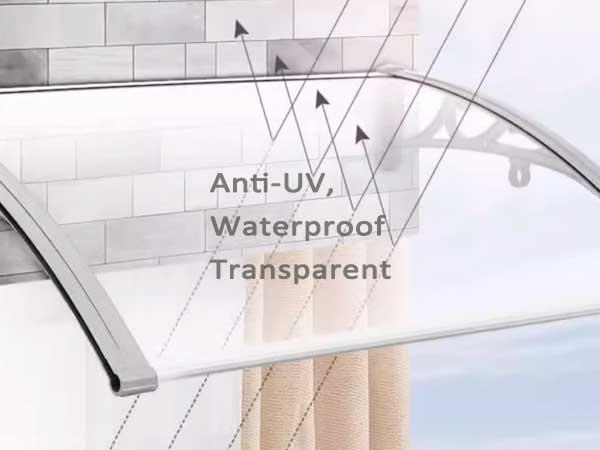
A polycarbonate awning is a lightweight, durable covering made from polycarbonate panels. Polycarbonate plastic sheets are renowned for their outstanding optical clarity, comparable to that of glass, and for their exceptional impact resistance, which far surpasses that of standard glass. Beyond their strength, polycarbonate panels are lightweight, easy to work with, and straightforward to install. They also provide beneficial insulation and soundproofing properties. When treated with UV stabilizers, they maintain excellent transparency and UV protection, making them an ideal choice for awnings.
Polycarbonate Awning Types: Multiwall vs. Solid
There are two primary types of polycarbonate panels used for awnings: multiwall polycarbonate panels and solid polycarbonate panels. Multiwall panels have a hollow, multi-layered or honeycomb structure, while solid panels are dense and robust. At LIDA OUTDOOR, we manufacture both options.
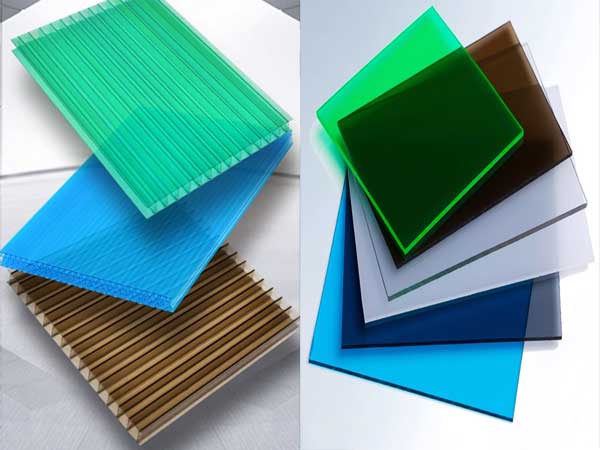
Both types deliver excellent light transmission and UV resistance, especially when treated with UV stabilizers. However, solid polycarbonate panels achieve clarity more akin to glass. Multiwall panels are more flexible and easier to bend, making them suitable for complex installations. In contrast, solid panels are best suited for straightforward, high-strength applications. The choice between these panels depends on specific project requirements, including weight, strength, insulation, and budget.
| Feature | Multiwall Polycarbonate Awning | Solid Polycarbonate Awning |
| Weight | Lighter | Heavier |
| Insulation | Superior | Moderate |
| Soundproofing | Superior | Moderate |
| Strength | Moderate | High |
| Impact Resistance | Strong | Extremely Strong (bulletproof level) |
| Light Transmission | Excellent | Excellent (Closer to glass) |
| UV Resistance | Excellent (with UV stabilizer) | Excellent (with UV stabilizer) |
| Processing Ease | Flexible and easy to shape | Best for direct use |
| Main Applications | Energy-efficient, soundproofing needs | High-strength, high-transparency projects |
| Selection Considerations | Weight, insulation, cost | Strength, transparency, safety |
5 Key Advantages of Polycarbonate Awnings
Polycarbonate panels have become the go-to material in the construction and decorative sectors, particularly for awnings. They combine lightweight transparency with the ability to withstand various environmental challenges. Here are 5 key reasons we collected why polycarbonate awnings are increasingly favored.
1. Unmatched Impact Resistance
Polycarbonate panels are highly sought after for their superior impact resistance. Their durability under extreme conditions far exceeds that of traditional materials. With an impact strength of 2.3 kg/cm², these panels outperform tempered glass and acrylic sheets, making them ideal for high-rise building awnings. They can effectively prevent damage from falling objects, offering a significant safety advantage. This same durability has made polycarbonate a preferred material for riot shields and helmets, further underscoring its reliability in safety applications.

2. Superior Weather Resistance
Polycarbonate panels are engineered to perform well even in the harshest environments. High-quality polycarbonate awnings often include UV-resistant coatings that block 10% to 99% of harmful UV rays, extending the panel’s lifespan. Even with prolonged exposure to sunlight, wind, and rain, these panels maintain their transparency and structural integrity. They resist aging, discoloration, and brittleness, operating effectively across a wide temperature range from -30°C to 130°C, which makes them suitable for diverse global climates.
3. Enhanced Flame Resistance
Flame resistance is another critical feature that distinguishes polycarbonate panels, particularly in safety-conscious applications. Unlike traditional waterproof fabric awnings, polycarbonate awnings offer superior fire resistance, self-extinguishing when removed from the fire source, which helps prevent the spread of flames. This property makes them highly suitable for buildings with stringent safety standards, such as public spaces and commercial establishments. Furthermore, polycarbonate panels do not emit significant amounts of toxic gases when they burn, thereby reducing potential harm during a fire.
4. Low Maintenance with Self-Cleaning Properties
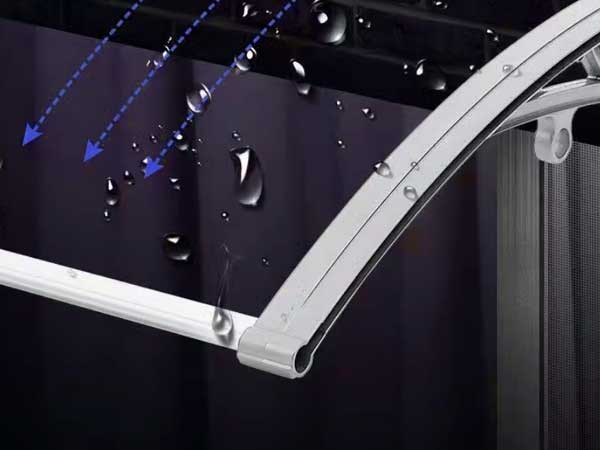
Unlike traditional fabric awnings, which can accumulate dirt and require frequent cleaning, polycarbonate panels have a smooth surface that resists dust and dirt buildup. Rainwater naturally washes away debris, reducing the need for maintenance and cleaning. This self-cleaning feature not only lowers ongoing maintenance costs but also enhances the panel’s durability. In awning applications, these properties ensure long-lasting clarity and aesthetics, minimizing the wear and tear associated with manual cleaning.
5. Durable and Sturdy Framework
The longevity of a polycarbonate awning depends not only on the quality of the panels but also on the strength of its framework. High-strength aluminum alloys typically make up the framework of top-tier awnings. These materials are highly resistant to corrosion and oxidation, maintaining structural integrity and appearance even in humid or rainy environments. Aluminum frames offer high durability and strength, ensuring the overall stability of the awning. Well-designed gutters efficiently channel away water, protecting the structure from erosion. With proper installation and maintenance, these awnings can last up to 50 years without significant fading or deformation.
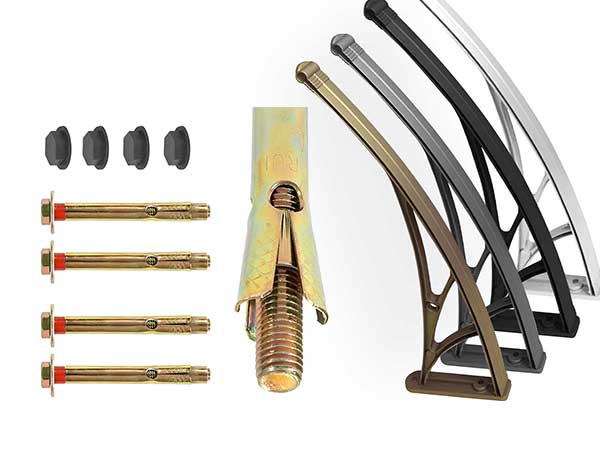
5 Potential Drawbacks of Polycarbonate Awnings
While polycarbonate panels offer numerous benefits, they also have some limitations. Here are the key drawbacks to consider:
1. Variability in Quality
The polycarbonate panel market is diverse, with significant variations in quality. Some vendors may attempt to pass off lower-quality acrylic sheets as polycarbonate, which, despite similar appearances, perform quite differently. Authentic polycarbonate panels should deliver excellent impact resistance and weather durability, but inferior products often fall short. The price generally reflects the quality; high-end polycarbonate panels, though more expensive, offer longer service life. Therefore, it is crucial for consumers to verify the material’s quality and source to avoid potential pitfalls.

2. Noise Issues During Rain
One of the common concerns with polycarbonate awnings is the noise they generate during rain. The material amplifies the sound of raindrops, which can be much louder than on glass awnings. This “drumming” effect is particularly noticeable during heavy rain and can disturb the tranquility of indoor spaces, especially at night. Thinner panels or those lacking noise reduction treatments exacerbate this issue. High-end solutions may include thicker panels or special noise-dampening materials, but these come at a higher cost. Thus, when selecting a polycarbonate awning, consider the trade-off between noise and other performance benefits.
3. Yellowing Over Time
Despite their excellent weather resistance, polycarbonate panels may yellow or lose transparency over time, particularly with prolonged outdoor exposure. This degradation is primarily due to UV radiation and acid rain. Although high-quality polycarbonate panels typically incorporate UV-resistant coatings to slow this process, complete prevention is impossible. This aging becomes more apparent after a decade of use. When choosing a polycarbonate awning, it’s essential to consider this potential and select a product that offers the best anti-aging performance within your budget.
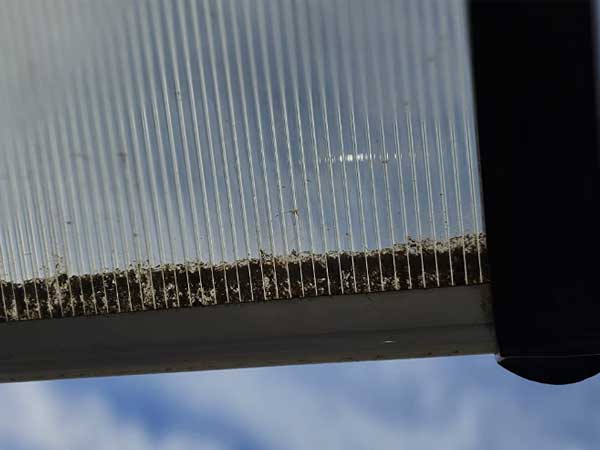
4. Fixed Installation Design
Polycarbonate awnings are usually fixed structures, meaning they cannot be easily retracted or adjusted once installed. While this design provides stability and durability, it also limits flexibility. For instance, when shade or protection isn’t needed, a fixed awning might block natural light or restrict views. Compared to retractable fabric awnings, polycarbonate options offer less adaptability, which might be a drawback for users who wish to adjust shading based on seasonal or daily light conditions.
5. Higher Costs Compared to Fabric Awnings
Polycarbonate panels are generally more expensive than traditional fabric materials due to their superior performance and more complex manufacturing processes. While high-quality polycarbonate panels offer longer service life and enhanced performance, the upfront cost can be a significant factor for budget-conscious consumers.
Conclusion
Polycarbonate awnings offer a versatile and robust solution for long-term shading and protection needs, especially for windows and doorways. Their exceptional weather resistance ensures stable performance under continuous exposure to the elements, making them particularly suitable for regions with extreme climate variations. Furthermore, for areas requiring enhanced safety, such as locations prone to falling debris, the superior impact resistance of polycarbonate awnings is a decisive factor. However, for those who prioritize adjustable shading or are sensitive to noise during rain, more flexible and quieter alternatives, like retractable awnings, may be worth considering.
We appreciate your attention. If you’re in need of wholesale awning products, please don’t hesitate to contact us for the latest factory pricing.
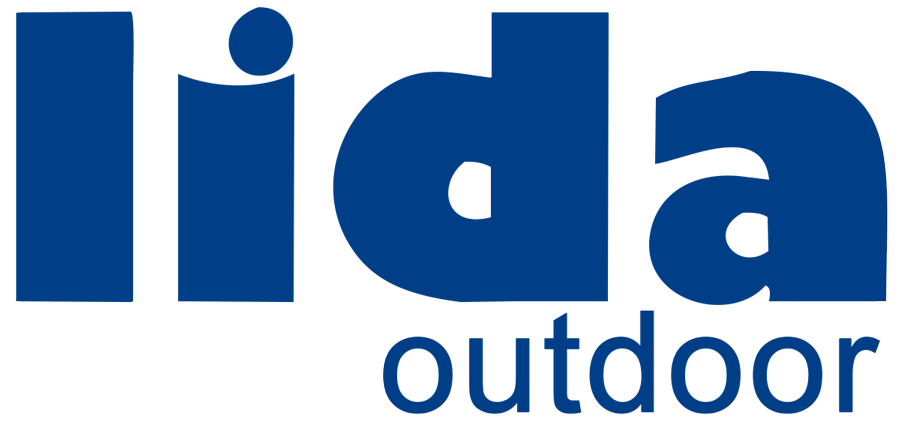
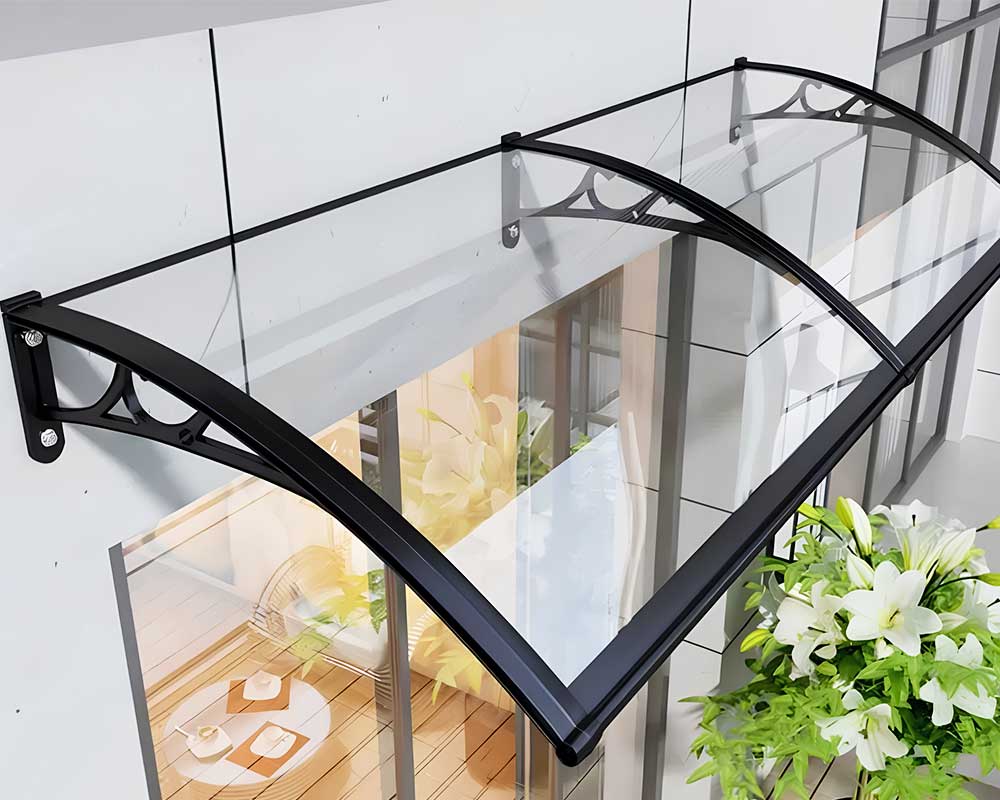
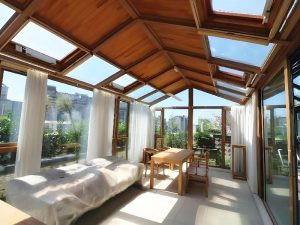

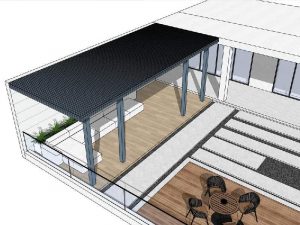
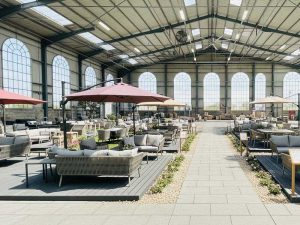
How is polycarbonate awningd suseptible to noise during rain?
Yes, polycarbonate awnings can be noisy during rain, especially if hollow-core panels are used, as the hard surface amplifies the sound of raindrops. Compared to fabric, the rigid material doesn’t absorb impact well. Using solid sheets or adding rubber dampers can help reduce the noise.
I want to install full lenth of my back porch 64ft can that be done
Interested